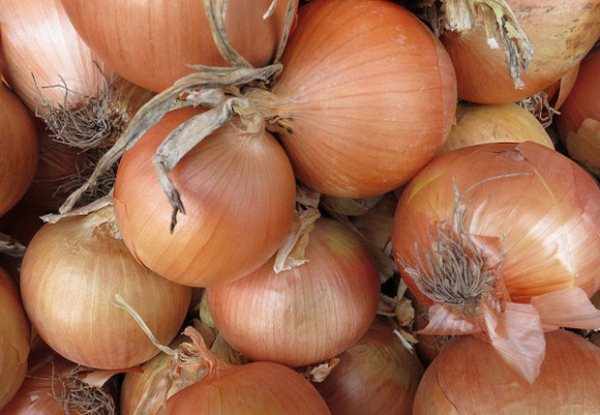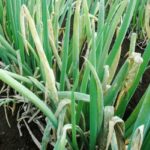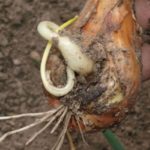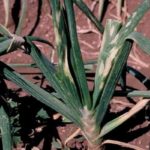Onion is a versatile ingredient that is part of many dishes, which is why it is popular among summer residents and is grown on almost every garden plot. Sturon has a lot of positive qualities., which include simplicity of care and resistance to adverse conditions. Description and characteristics of this variety are given in this review.
Table of contents
Description varieties onion Sturon
Onion Sturon is considered one of the best results of the work of Dutch breeders.Its predecessor was a well-known onion variety called Stuttgarter Riesen.
The variety of onions Sturon has a medium ripening period, due to which ripe harvest can be obtained through 100-110 days after the first shoots. This indicator allows you to grow a variety in the central and northern part of the country. You must also indicate that the plant is not afraid of frost and tolerates even the most severe winters.
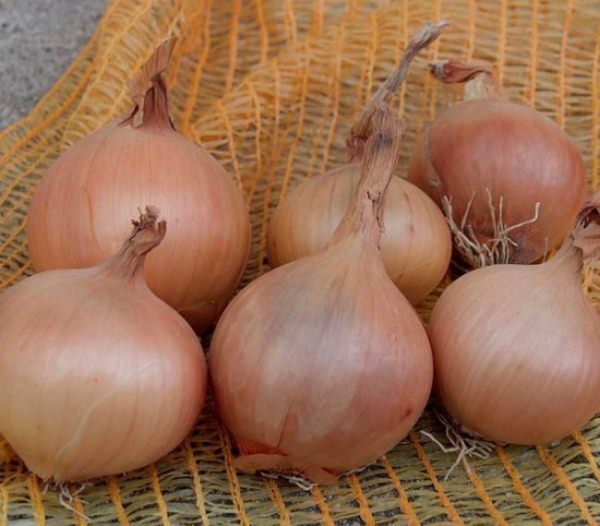
Large bulbs are formed only in the second year, in the first season you can grow good planting material. If you properly care for onions, then from one hectare can be collected to 35 tons of crop. This factor is attractive for entrepreneurs who grow spicy vegetables for sale.
Fruits of a grade of Sturon represent oblong bulbs, executed in the form of an ellipse. In some cases, the array can reach 210 grams. On top of the bulb is covered with 5 layers of dry scales of golden color with dark stripes.The interior is a few juicy layers, painted in greenish color. The taste of the pulp is bitter-sharp, and the aroma is tart and rather sharp. Such onions can be used for fresh consumption, preservation and heat treatment.
Variety Sturon is not influenced by most common diseases and pests.
Merits
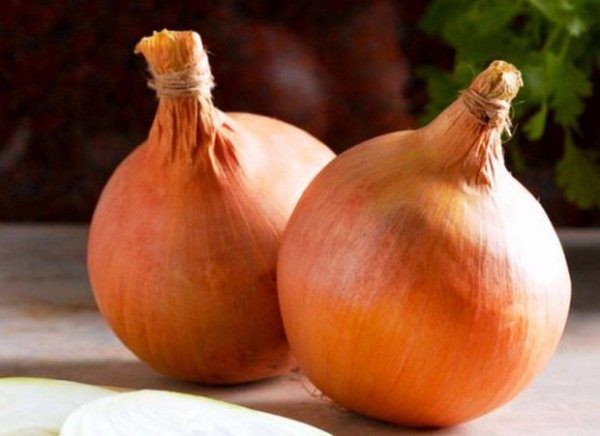
- Bow Sturon has wonderful taste and aroma;
- The plant is suitable for growing in temperate and northern latitudes;
- One hectare of land can be harvested to 35 tons of crop;
- One bulb reaches in weight 210 gram;
- Under all conditions, this grade can maintain its freshness throughout 8 months.
disadvantages
- When growing seed from seed, there is a fairly high risk of obtaining planting material of small size;
- Variety poorly resistant to false powdery mildew and onion mosaic;
- For a rich harvest, the plant should be grown exclusively on loamy or sandy soils.
Landing
In order to get a good harvest you need to choose the right planting material.Onion sets can be purchased at a specialty store or independently grown from seed. It should be large (with a diameter of at least 2 centimeters) and have a smooth surface. Do not plant sevok with the following defects:
- presence of signs rotting;
- any kind of mechanical damage;
- a large number of moisture in the bulbs;
- the signs disease effects or pests;
- the presence of green arrows or small roots.
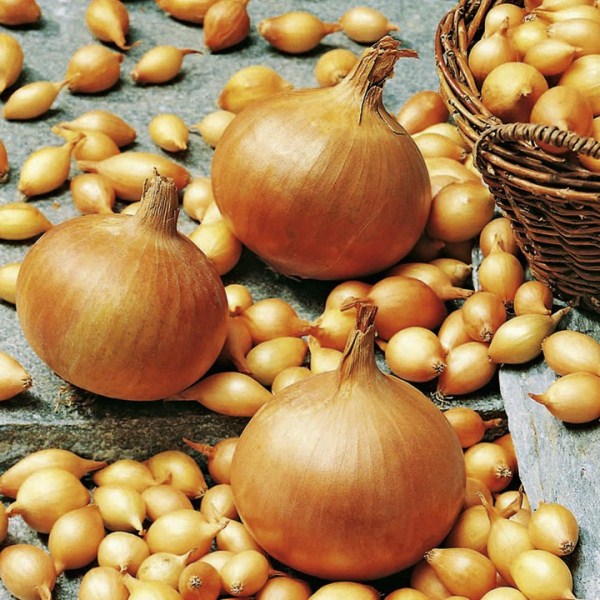
Planting sevka produced in early spring. In order to avoid the formation of various diseases and other problems, the bulbs are stored at a certain temperature, which consists of several stages:
- First week onions stored at a temperature of 20-25 degrees;
- Second week at a temperature of 30 degrees;
- In the third week the temperature is raised to 35 degrees;
- Then sevok for 8-12 hours removed in a place with temperature 40 degrees;
- The remaining time before planting the bulbs, their stored in a dry place with temperature 18-20 degrees. During this process it is very important not to neglect airing.
When spring planting sev adhere to the following rules:
- Sturon recommended grow on slightly acidic, loamy or sandy soils;
- In the late fall into the ground for digging make humus and rotted manure, and immediately before planting, add mineral fertilizers;
- For the proper preparation of planting material, cut the neck of the bulbs so as not to damage the sprouts;
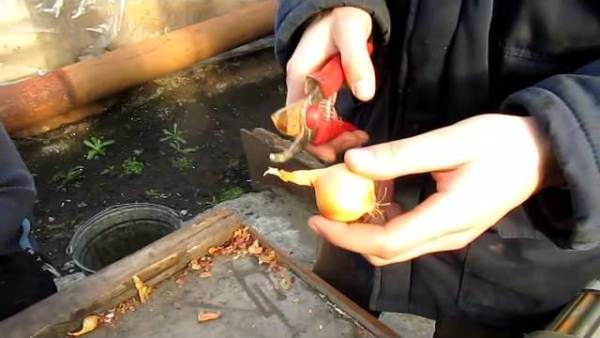
- A few days before landing the soil is cleared of weeds, loosened and form lines, at a distance of 20 centimeters from each other;
- Sevok deepen in the ground 2-3,5 centimeter, the distance between the individual bulbs should be 10-15 centimeters.
Breeding
Independent cultivation of onion sets from seeds is a fairly simple exercise, during which it is very important to take into account the basic rules. First of all it is necessary to observe the landing terms.. In the southern regions, the seeds are placed in the ground in spring (late March), and in the central and northern latitudes in the first weeks of April.
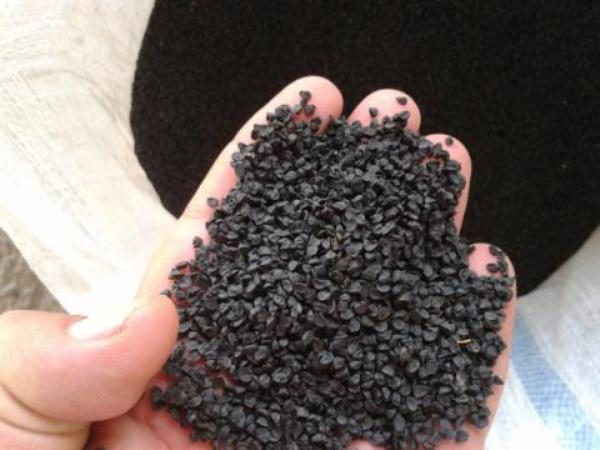
Soil preparation should begin in the autumn, the following fertilizers are applied to 1 square meter of land for digging:
- half a bucket compost;
- 1 cup wood ash;
- 1 tablespoon phosphate fertilizers;
- 1 tablespoon superphosphate.
2-3 days before planting, the soil is plowed and form the beds, and then compacted and covered with black film.
Seeds also need to be prepared, for this they are soaked for 4-6 hours in manganese or aloe juice. After that, they are wrapped in a damp cloth and stored in a dark place for 2 days. It is very important to prevent the fabric from drying out.
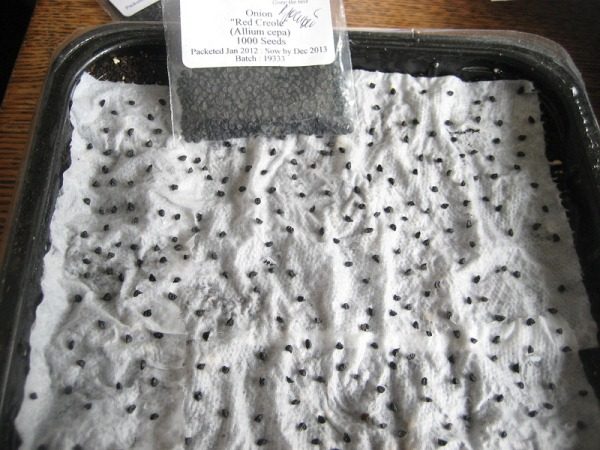
Sowing seeds in the ridge produced by the following algorithm:
- To start ridges watered with warm water and form furrows, at a distance of 20 centimeters from each other;
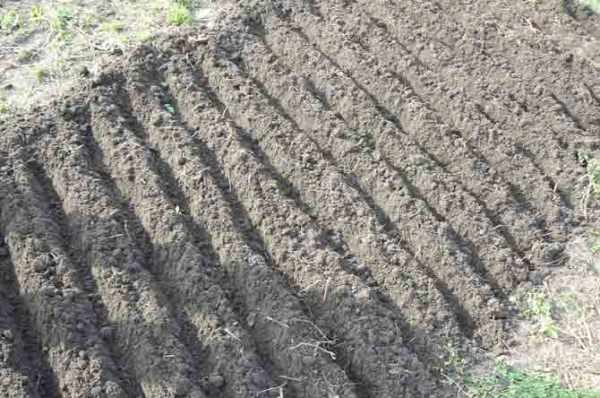
- The seeds are laid out on the surface. so that the distance between them is equal to 10 centimeters;
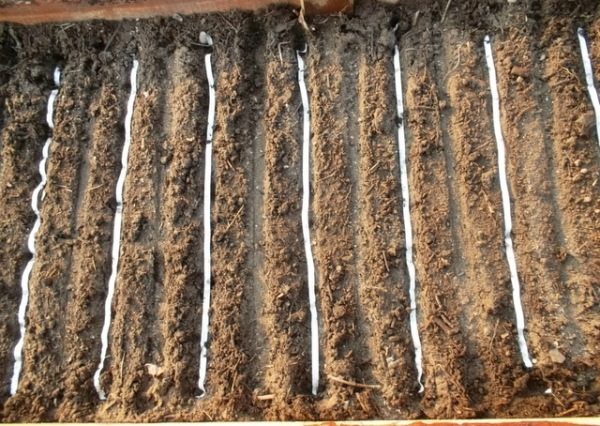
- Then seeds sprinkled with a thin layer of soil and carefully watered.It is advisable to mulch the planting with peat or compost.
Plant care
Caring for onion varieties Sturon is divided into two components, because the cultivation of seed and full-grown fruits are significantly different from each other. In the first year of plant life, when the main goal of the gardener is to obtain a quality set, the onions are cared for as follows:
- As soon as the first shoots appear, landing must be thinned. This procedure will help to form a large sevok;
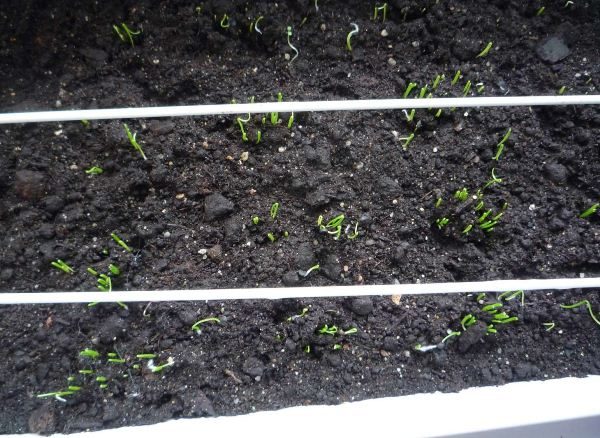
- Land need regularly loosen;
- Watering is carried out once in 7-10 dayswhile adding organic or mineral fertilizers to the water;
- When sprouts reach a height equal to 2nd centimeters all work should be stopped.
Then the gardener should wait for the moment of complete wilting of greenery and softening of the neck. In this case, the onion can be dug, dried and prepared for storage.
When growing fruits for eating, perform the following steps:
- Bow Sturon must be abundantly watered, preventing the drying of the soil. In one procedure, 12-15 liters of water are consumed per square meter of soil;
- After the appearance of the first young landing feathers fertilized with nitrogen fertilizersfor example, urea;
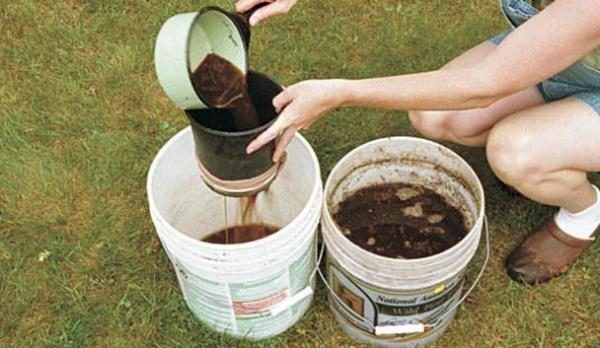
- Also needed regularly loosen the ground and clean it of weeds.
Diseases and pests
Although the onion variety Sturon has good immunity to many diseases, you can see signs of the following ailments on it.:
- Downy mildew manifested in the form of characteristic spots on the leaves of the plant, which gradually grow. The fungus is localized in the bulbs and can trigger the death of the plant. Downy mildew spreads very quickly, so infected plants should be removed immediately. The remaining landings are treated with Fitosporin-m and Phytoplus. From such a disease is very difficult to get rid of, so do not neglect the prevention, which includes pre-treatment of planting material;
- Neck rot may occur during storage of the crop. Control measures will be the timely removal of the affected bulbs;
- Onion mosaic - initially, this virus can be seen by the formation of yellow spots on the leaves. Then the aboveground part gradually dies off, and the fruits become very shallow and poorly stored. To fight this disease is almost impossible;
- As for pests, Sturon's bow is often damaged by a nematode.. The drug Mercaptophos and Phosphamide helps in the fight against worms.
- Downy mildew
- Onion Nematode
- Neck rot
- Onion mosaic
Sturon onions are well suited for cultivation in the central and northern regions. Its frost resistance and average ripening period allows to get a rich harvest of tasty fruits even in adverse weather conditions.
